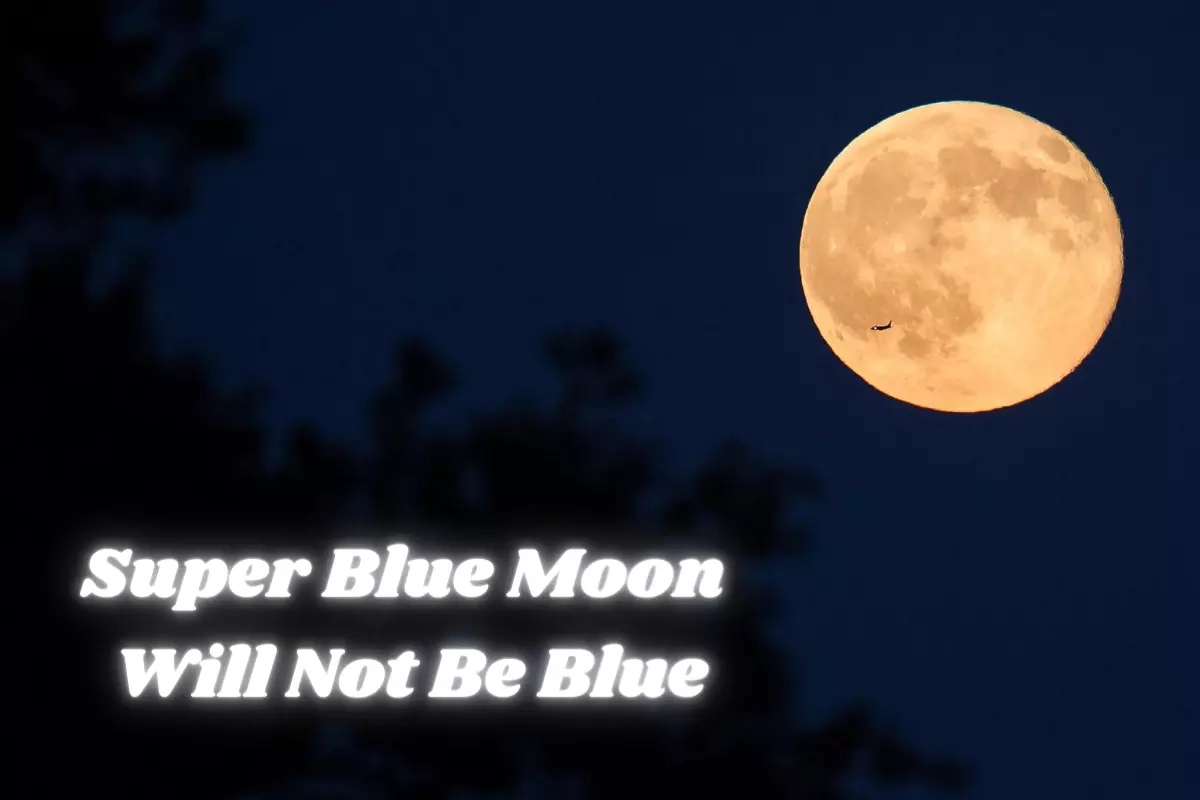
Super Blue Moon will not be Blue
The coming full Moon, which is scheduled to emerge on Wednesday, will coincide with Rakhi Purnima, also known as Raksha Bandhan, a Hindu holiday honoring sibling ties. Contrary to its nickname, the “Super Blue Moon,” it is recognized that the celestial body won’t actually look blue. Due to the Sky & Telescope magazine definition, which stated that the blue Moon is the second full Moon in a calendar month, the term “blue Moon” was coined in 1946.
NASA also gives an explanation for this
“The older definition of Blue Moon, dating back to at least the 1500s, is the name for the third full Moon in a season with four Moons. By this definition, the full Moon in August 2024 will be the Blue Moon…Neither of these definitions has anything to do with the colour of the Moon…,” NASA explained on its website.
According to the American space agency, the unique moon will seem full for three days around its peak, from Tuesday night to Friday morning. The NASA added that although different sources have different definitions of what constitutes a “super” Moon, “all agree that in 2023 the two full Moons in August qualify.”
True blue Moon
Blue moons, which lasted for several days in the 19th century, were caused by the ash from the Indonesian volcano Krakatoa. Waves of light from the sun travel through space, and each color of light has unique physical characteristics like wavelengths. The colors we perceive are a result of sunlight being scattered by the atmosphere. According to NASA, some of the ash clouds from the Krakatoa eruption in 1883 had particles that were 1 micron (one millionth of a meter) broad, the ideal size to substantially scatter red light while allowing other colors to flow through. The moonbeams consequently appeared blue and occasionally green.
To read more such news, download Bharat Express news apps


















